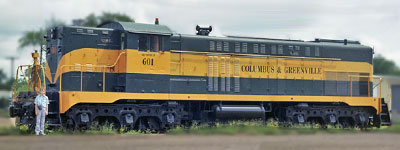


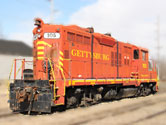




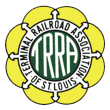 |
Terminal Railway Association of St LouisConnecting the railroads of St. Louis: the "Gateway to the West." |

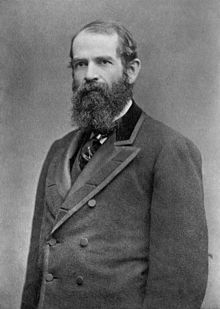 The formation of the Terminal Railroad Association of St. Louis grew out of an agreement orchestrated by Mr. Jay Gould in 1889 between predecessor entities of the Terminal Railroad Association of St. Louis and six proprietary railroads. The Company was created for the purpose of securing to the various owners an efficient and economical method of interchanging passenger and freight traffic over the Mississippi River. The original railroads making up the Association were the Missouri Pacific Railway Company, the St. Louis, Iron Mountain and Southern Railway Company, Wabash Railroad Company, the Ohio and Mississippi Railway Company, the Louisville and Nashville Railroad Company, and the Cleveland, Cincinnati, Chicago and St. Louis Railway Company. Numerous other railroads were subsequently admitted to the Association in later years. These owner railroads, consistent with the entire railroad industry, have grown through mergers and acquisitions over the years.
The formation of the Terminal Railroad Association of St. Louis grew out of an agreement orchestrated by Mr. Jay Gould in 1889 between predecessor entities of the Terminal Railroad Association of St. Louis and six proprietary railroads. The Company was created for the purpose of securing to the various owners an efficient and economical method of interchanging passenger and freight traffic over the Mississippi River. The original railroads making up the Association were the Missouri Pacific Railway Company, the St. Louis, Iron Mountain and Southern Railway Company, Wabash Railroad Company, the Ohio and Mississippi Railway Company, the Louisville and Nashville Railroad Company, and the Cleveland, Cincinnati, Chicago and St. Louis Railway Company. Numerous other railroads were subsequently admitted to the Association in later years. These owner railroads, consistent with the entire railroad industry, have grown through mergers and acquisitions over the years.
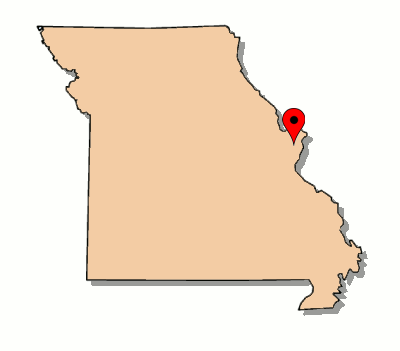 The Terminal Railway Association of St Louis was formed in 1889 by eight railroads serving the St. Louis area, all seeking an "an efficient and economical method of interchanging passenger and freight traffic over the Mississippi River." Original partner roads included the Louisville & Nashville, the Wabash, and the Missouri Pacific. Present-day owners represent most of the current major Class Ones: the Union Pacific, Burlington Northern and Sante Fe, CSX Transportation, Canadian National, and Norfolk Southern. In addition to owning and maintaining several major river bridges in the region, the Association operates a substantial interchange yard across the river in Madison, Illinois. 30 locomotives are used to offer interchange and transfer services between the Class 1 railroads of the area.
The Terminal Railway Association of St Louis was formed in 1889 by eight railroads serving the St. Louis area, all seeking an "an efficient and economical method of interchanging passenger and freight traffic over the Mississippi River." Original partner roads included the Louisville & Nashville, the Wabash, and the Missouri Pacific. Present-day owners represent most of the current major Class Ones: the Union Pacific, Burlington Northern and Sante Fe, CSX Transportation, Canadian National, and Norfolk Southern. In addition to owning and maintaining several major river bridges in the region, the Association operates a substantial interchange yard across the river in Madison, Illinois. 30 locomotives are used to offer interchange and transfer services between the Class 1 railroads of the area.

1972 Official Guide map / collection
Motive Power
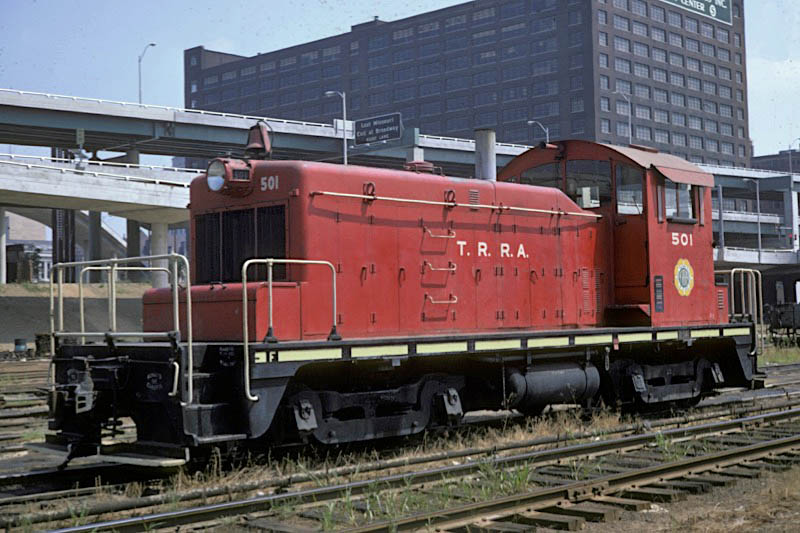
Terminal Railway Association #501
Saint Louis, Mo / 1971 / collection


Terminal Railway Association #501
to Columbus & Greenville #501, 1972

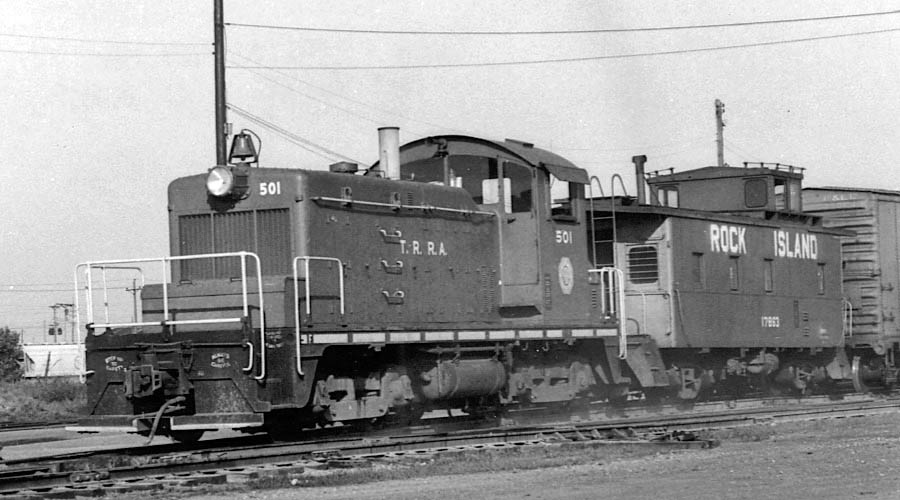
Saint Louis, Mo / 1964 / collection
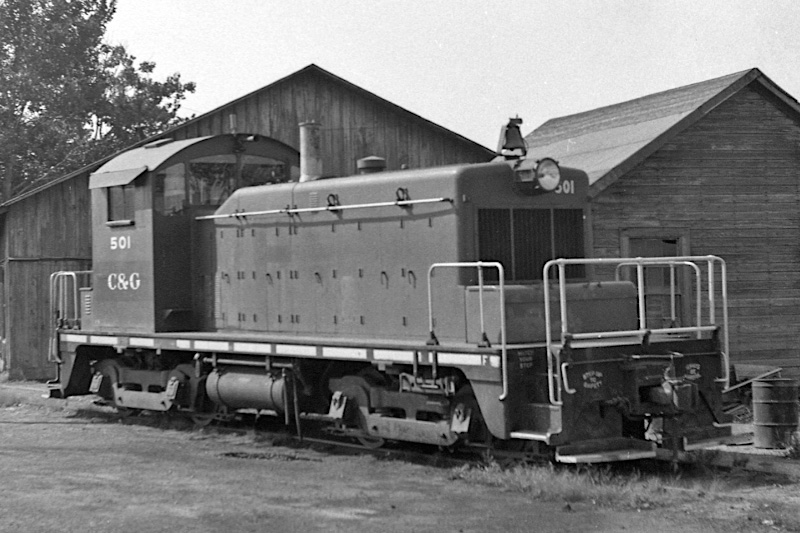
Columbus & Greenville #501
Greenville, Ms / Jul 1972 / JCH

See also our complete Columbus & Greenville switcher scrapbook for more SW pictures
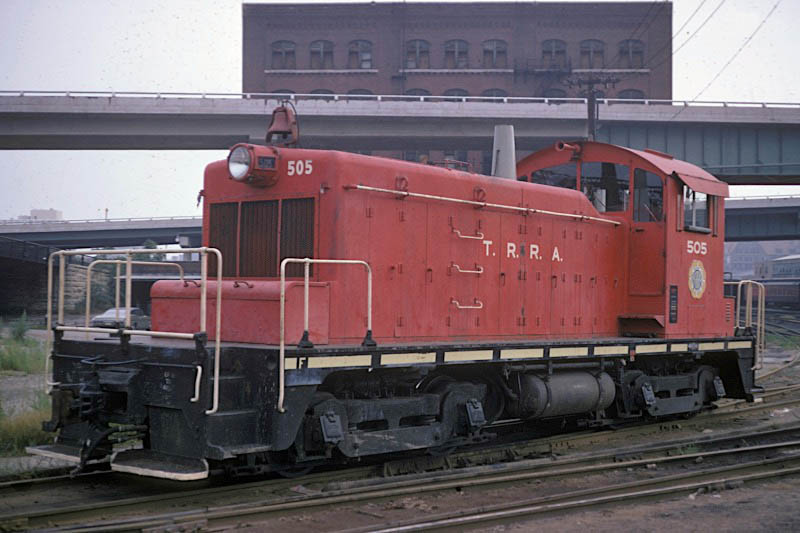
Terminal Railway Association #505
Saint Louis, Mo / 1971 / collection


Terminal Railway Association #505
to Columbus & Greenville #505, 1972

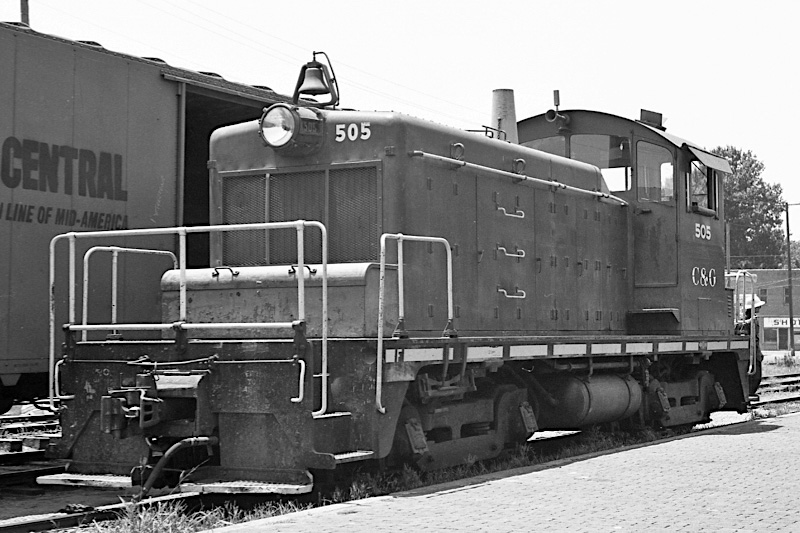
Columbus & Greenville #505
Greenwood, Ms / Jul 1972 / JCH
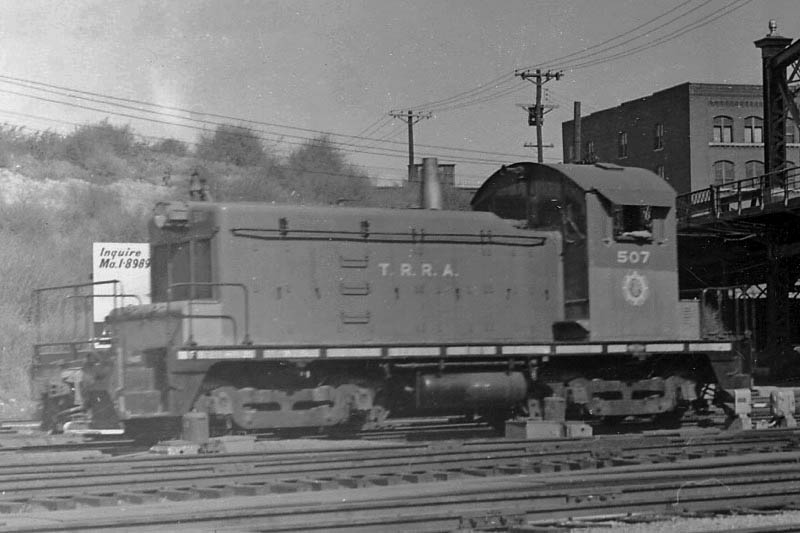
Terminal Railway Association #507
Saint Louis, Mo / 1964 / collection


Terminal Railway Association #507
to Precision National
scrapped, 1973

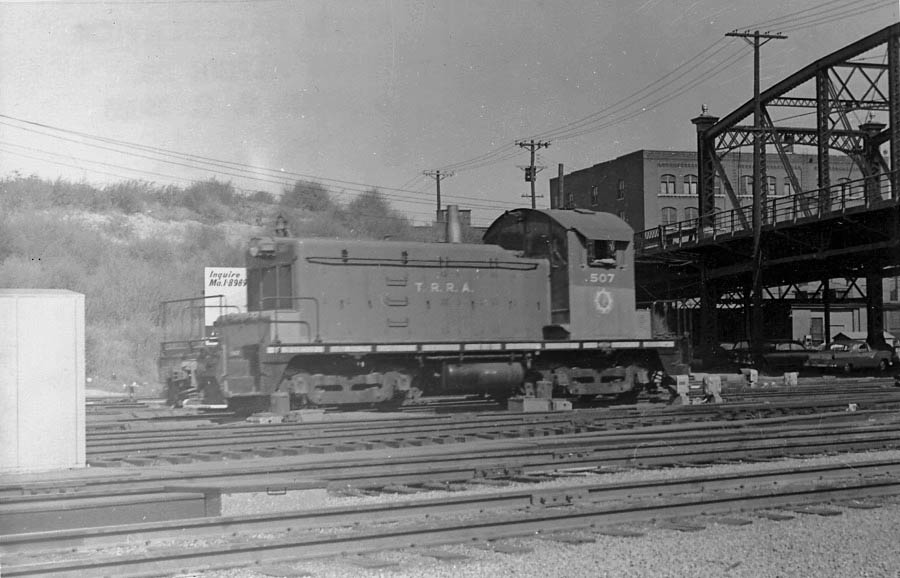
Saint Louis, Mo / 1964 / collection
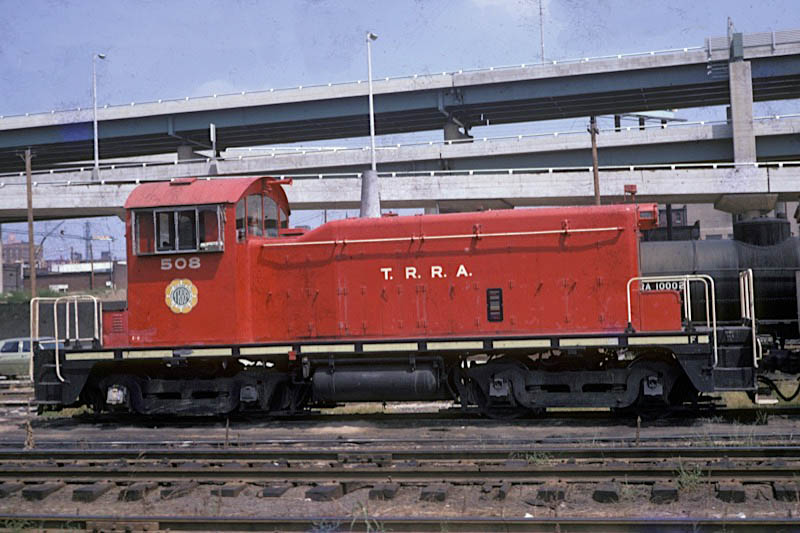
Terminal Railway Association #508
Saint Louis, Mo / 1971 / collection


Terminal Railway Association #508
to Columbus & Greenville #508, 1972
to United Cement, Artesia MS, 1981


Columbus & Greenville #508
Columbus, Ms / Jun 1972 / JCH
Publications
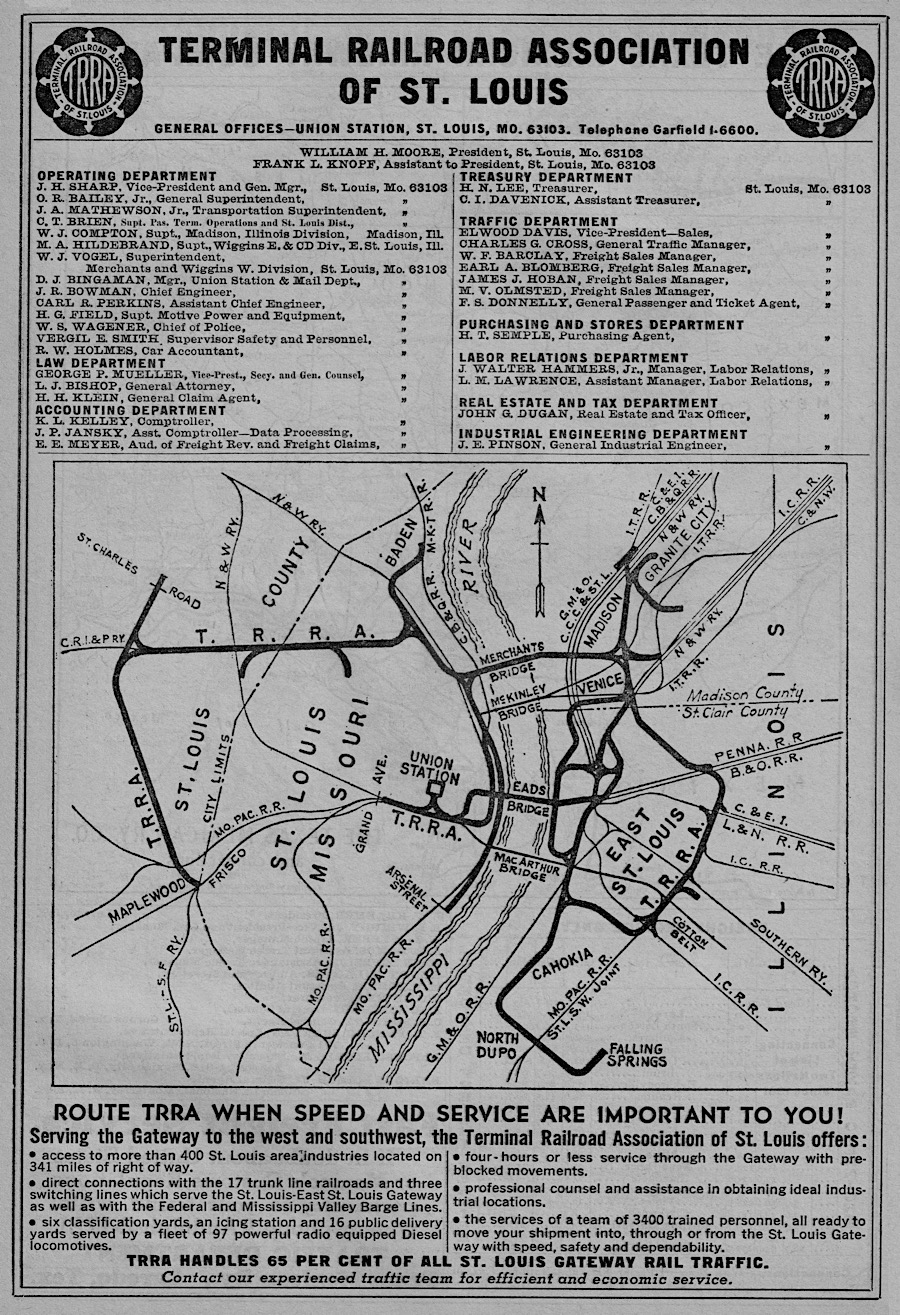
1965 Official Guide ad / collection
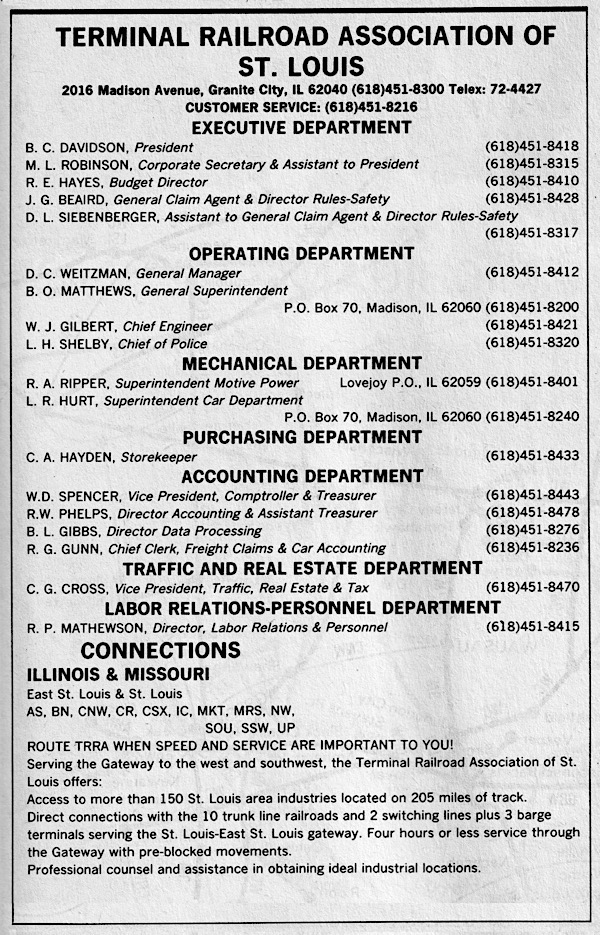
1988 Official Guide ad / collection
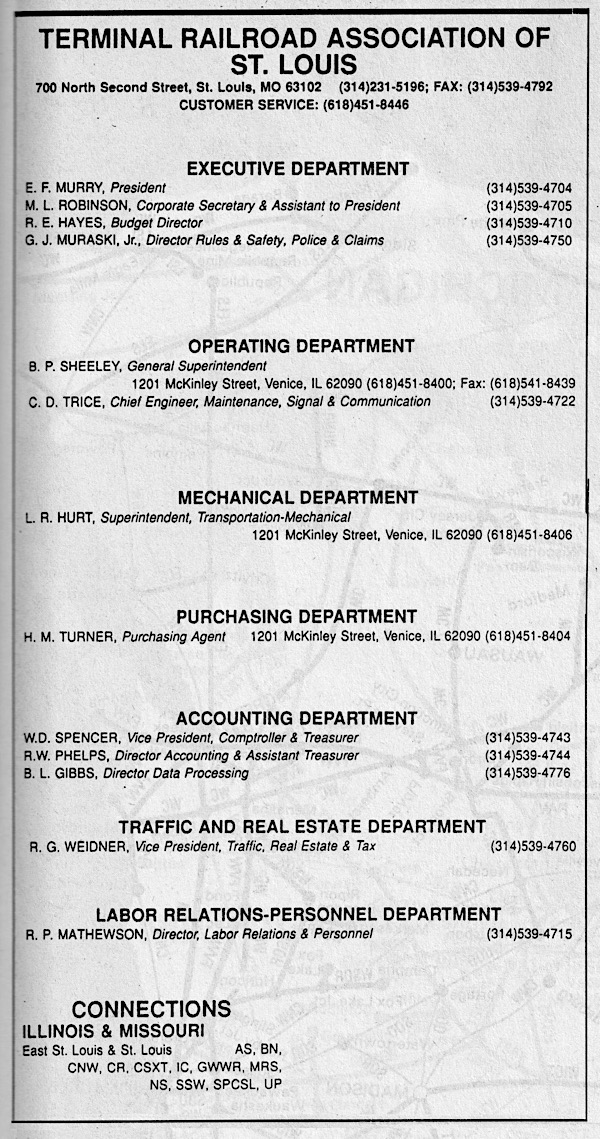
1994 Official Guide ad / collection

Terminal Railway Association Today
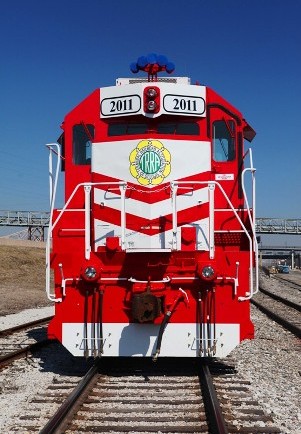 Today, Terminal Railroad owns and operates the Merchants Bridge, the MacArthur Bridge, a rail switching facility in Madison, Illinois, and several key railroad routes in St. Louis, Missouri, and Madison and St. Clair Counties in Illinois.
Today, Terminal Railroad owns and operates the Merchants Bridge, the MacArthur Bridge, a rail switching facility in Madison, Illinois, and several key railroad routes in St. Louis, Missouri, and Madison and St. Clair Counties in Illinois.
The Merchants Bridge is a half-mile long railroad-only bridge over the Mississippi River located just north of the downtown St. Louis area. The Merchants Bridge was completed on March 18, 1890, and remains a vital link in the Company's operations.
The MacArthur Bridge is part of a 6.2 mile long elevated track which crosses the Mississippi River in the heart of the St. Louis downtown area. The MacArthur Bridge and elevated track is the second-longest elevated steel structure across the Mississippi River. The MacArthur Bridge was originally constructed with a road deck over the rail deck; the bridge is currently used for railroad traffic only.
Terminal Railroad acquired the MacArthur Bridge in 1989 from the City of St. Louis in exchange for the title to the James B. Eads Bridge. The Eads Bridge, one of the primary reasons for the Company's original formation, had become obsolete for modern-day rail traffic due to the height restrictions it placed on rail cars. When the City of St. Louis decided to build a light-rail commuter system to link St. Louis with the suburb communities in Illinois, the exchange of the MacArthur Bridge for the Eads Bridge became a reality.
The Company's rail switching yard in Madison, Illinois, is the largest such facility in the region and is the heart of the Company's operations. Approximately 30,000 cars pass through the Company's switching facility on a monthly basis and are re-directed to other destinations. The switching yard consists of eighty in-bound, out-bound, and holding tracks with a capacity of 2,200 cars at any one time. The Company operates 30 locomotives to move cars around the yard, deliver cars to local industries, and ready trains for departure.
Links / Sources
- Terminal Railroad Association of St. Louis website
- Terminal Railroad Association of St. Louis Historical and Technical Society, Inc.
- Wikipedia article for Terminal Railway Association of St. Louis
- All-Time Diesel Roster of the Terminal Railway Association
- Diesel Shop roster for Terminal Railway Association
- Charles W. McDonald, Diesel Locomotive Rosters - Third Edition (Kalmbach, 1992) 152
